Toyota is collaborating with the Japan Aerospace Exploration Agency (JAXA) to develop a pressurised Lunar Cruiser moon rover to expand the scope of space exploration for manned and unmanned space missions. It is expected to be ready for launch in 2029.
The Lunar Cruiser name is a nod towards the iconic Land Cruiser, and its mission is to take that model’s world-famous quality, durability and reliability to spectacular new heights – specifically 238,855 miles up. The vehicle employs hydrogen fuel cell electric vehicle technologies, similar to those found on the Toyota Mirai, and has a total cruising range of around 6,200 miles, even with the limited amount of energy that can be transported to the Moon.
Likely to be the most expensive and technologically advanced overlander in the universe, the Lunar Cruiser is roughly equivalent in size to two minibuses parked side-by-side: 6.0m long, 5.2m wide and 3.8m tall. It has a pressurised living area of 13 cubic metres, which is designed to offer comfortable accommodation for two people, or four in an emergency.
Lunar Cruiser: life on the moon
Toyota’s collaboration with JAXA is part of NASA’s larger plan to establish a sustainable presence on the Moon and to prepare for missions to Mars. Such conditions require more than just unquestionable reliability. A comfortable living space is essential, especially when the missions will require crew members to spend up to a month together in a confined space. Additionally, the bleak, monochromatic surface of the Moon can make it difficult to map out a safe route of travel.
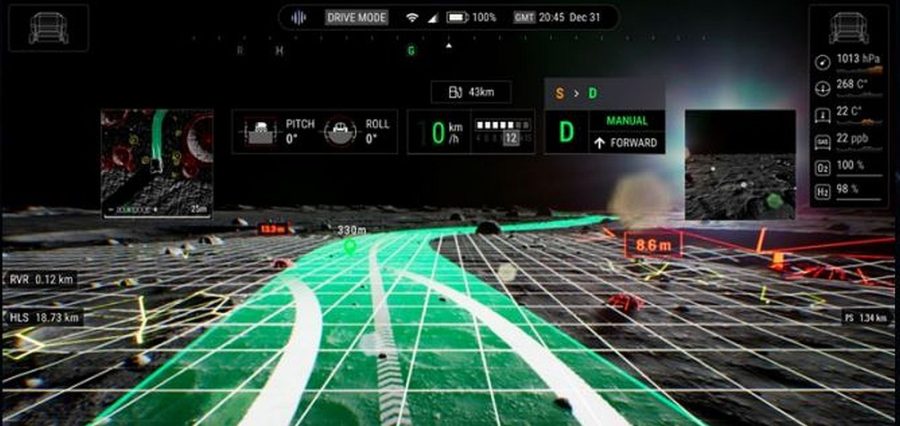
Driving for 30 days straight would be too demanding, so technologies are being incorporated to enhance crew well-being and safety, and to automate much of the navigating duties. These partnering technologies include roll-over prevention on the Moon’s uncharted surface, radio signal navigation, safe-driving route generation and driving assistance with a superimposed display (see image above). Broadly speaking, however, the astronauts would only be required to manually take over the driving controls in dangerous terrains or difficult situations.
Interestingly, Toyota expects to apply the technologies fine-tuned for use in the Moon’s extreme conditions for safer driving back on earth. A possible application could be the remote and automated scanning of disaster areas or the transportation of goods in dangerous zones.
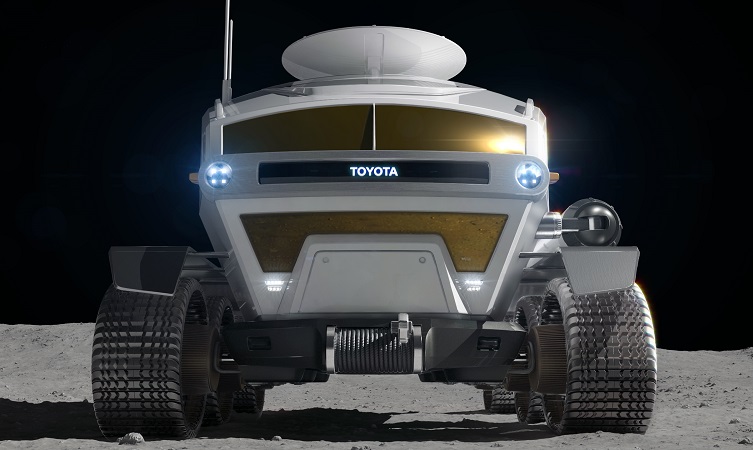
Lunar Cruiser: challenging conditions, amazing opportunities
Sustaining life and mobility on the Moon is extremely challenging. For starters, there is no oxygen, and gravity is one-sixth of that experienced on Earth. Lunar nights last for two weeks, and the temperature in any given location can range from -170°C in the shade to 120°C in the sun. Without a protective atmosphere, there is also the issue of high radiation levels, which means that rubber or resin parts cannot be used externally on the vehicle. This is why the tyres (prototypes pictured below) are made from metal.
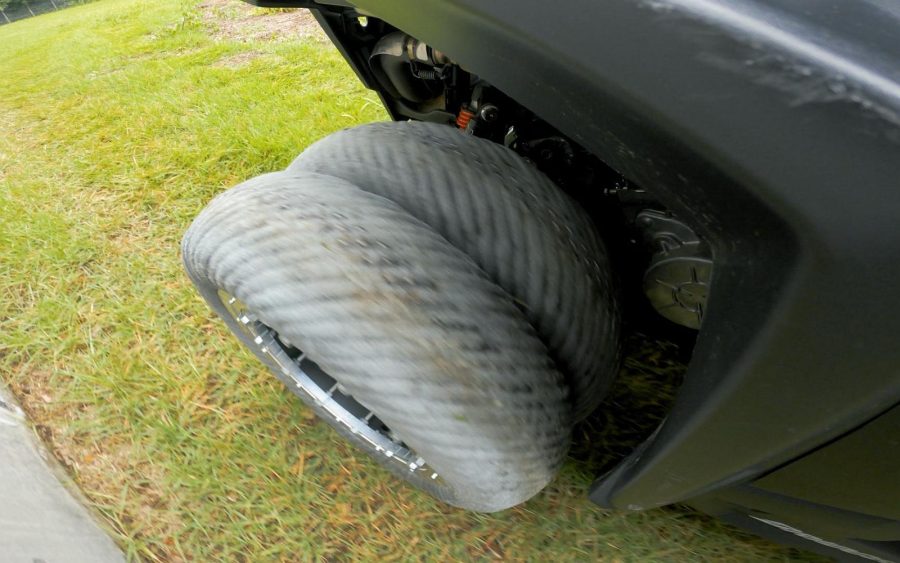
During periods of sunlight, the Lunar Cruiser’s fuel cell will use solar energy and stored water to produce hydrogen and oxygen, and therefore generate electricity. But because the fuel cell uses clever regenerative technology it can also work the other way around, consuming stored electricity from the battery packs to produce hydrogen and oxygen.
Such an efficient, circular energy system has greater potential. For example, if the Moon’s surface is found to contain water, regenerative fuel cell technology could be used to create a hydrogen society, which in turn could lead to building human settlements. But the same technology could also provide sustainable energy to remote villages, refugee camps in war zones, disaster evacuation centres and marine vessels.
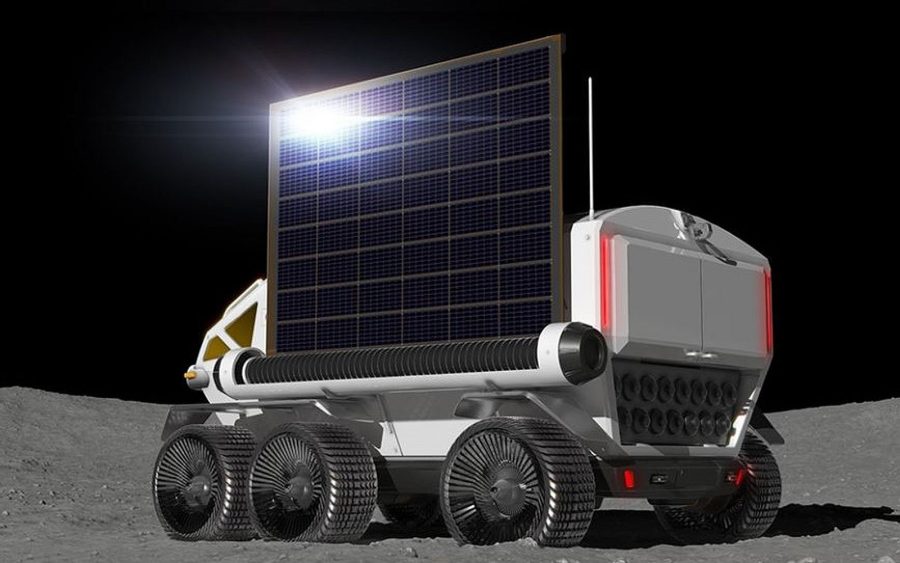
Admittedly, lunar exploration presents phenomenal challenges. But Toyota realises that every step towards mobility innovation and alternative fuel solutions – such as those needed in the Lunar Cruiser – is a step toward developing communities where people can enjoy accessible, safe and sustainable mobility.
All information is correct at the time of publishing.
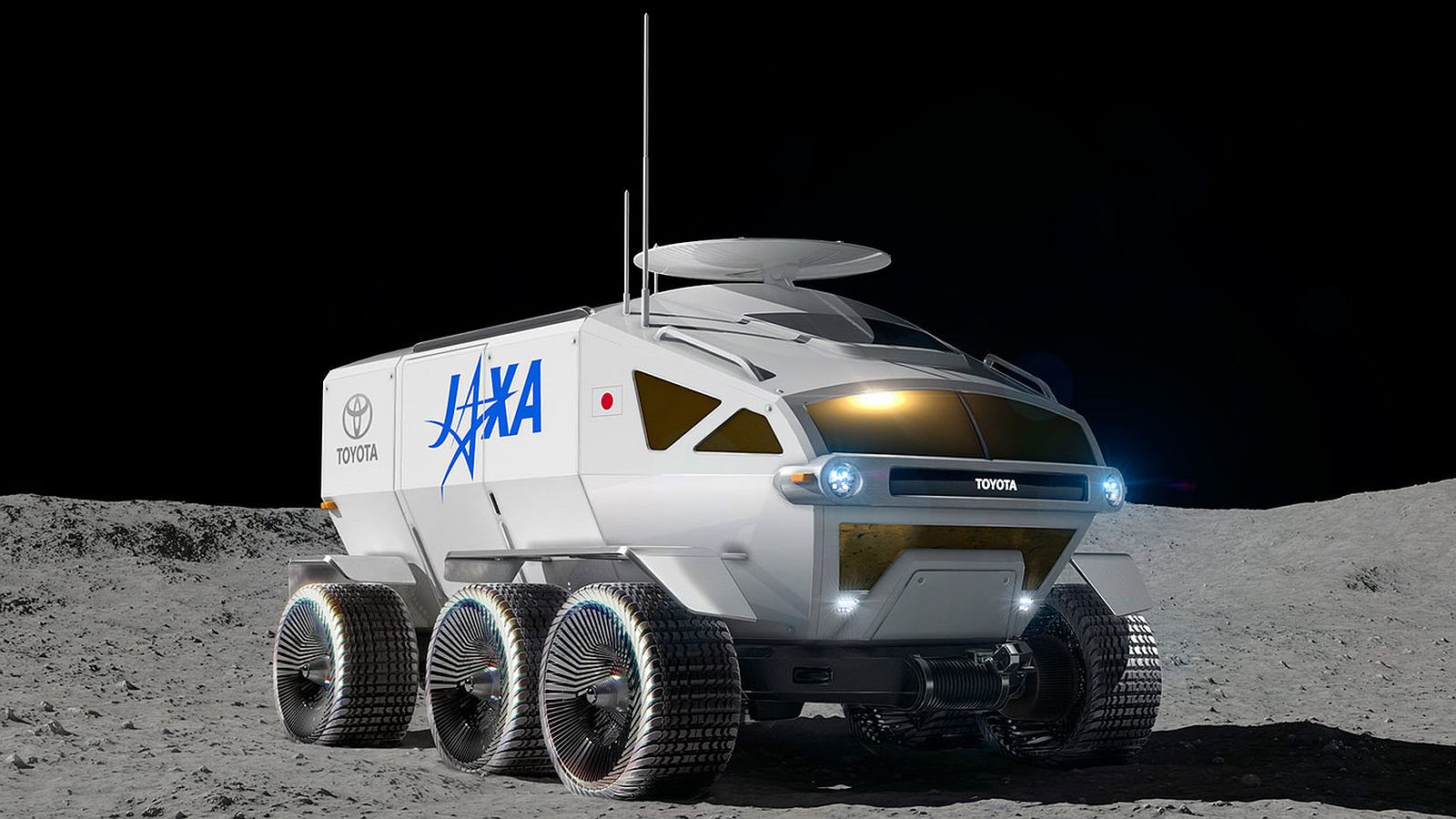




I really hope you can make this happen!
Hi Hugo,
Thanks for getting in touch, we hope so too! You may be interested in taking a look at this article too: http://fal.cn/A2SU.